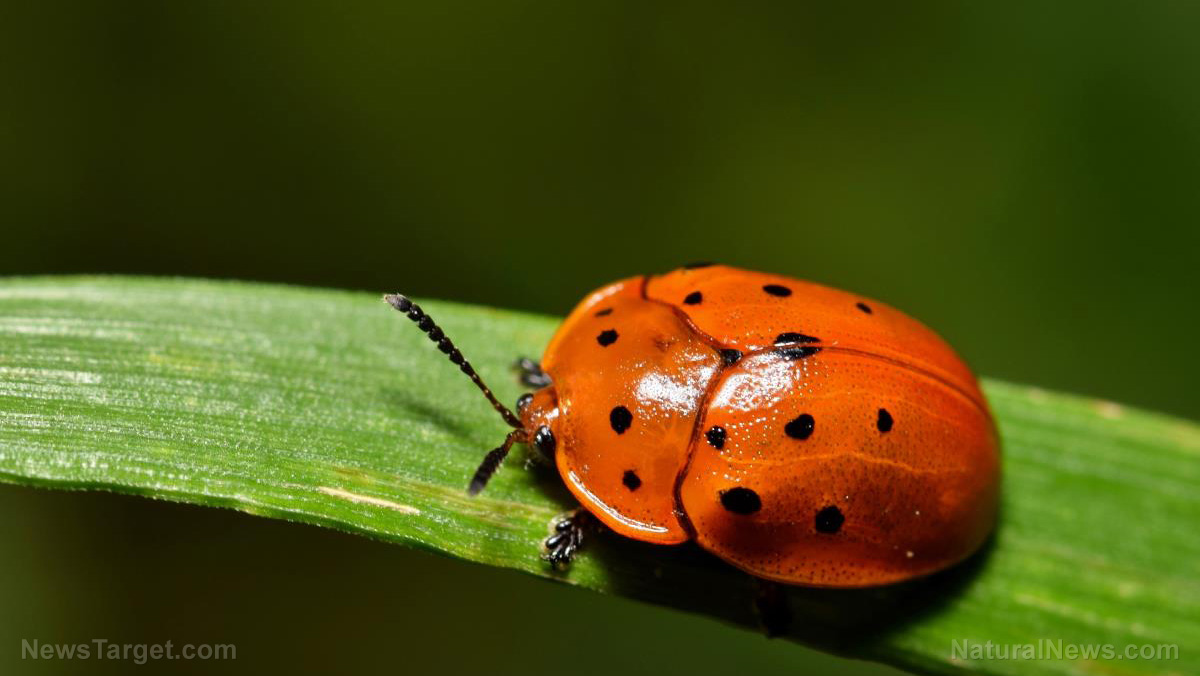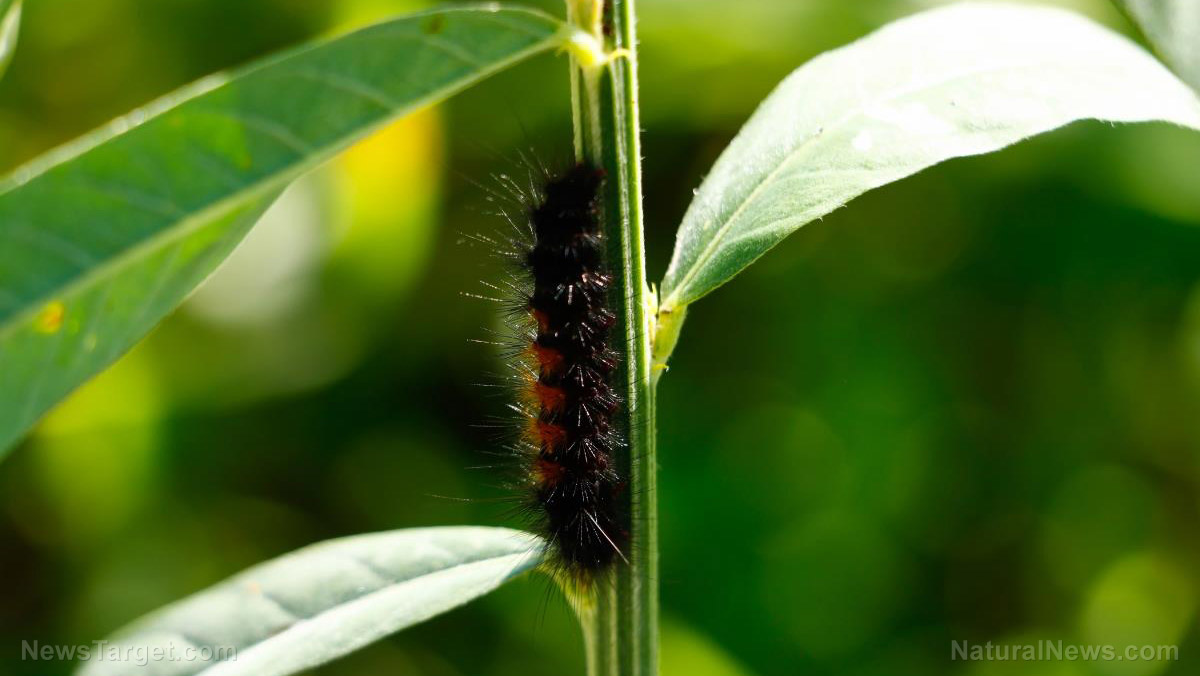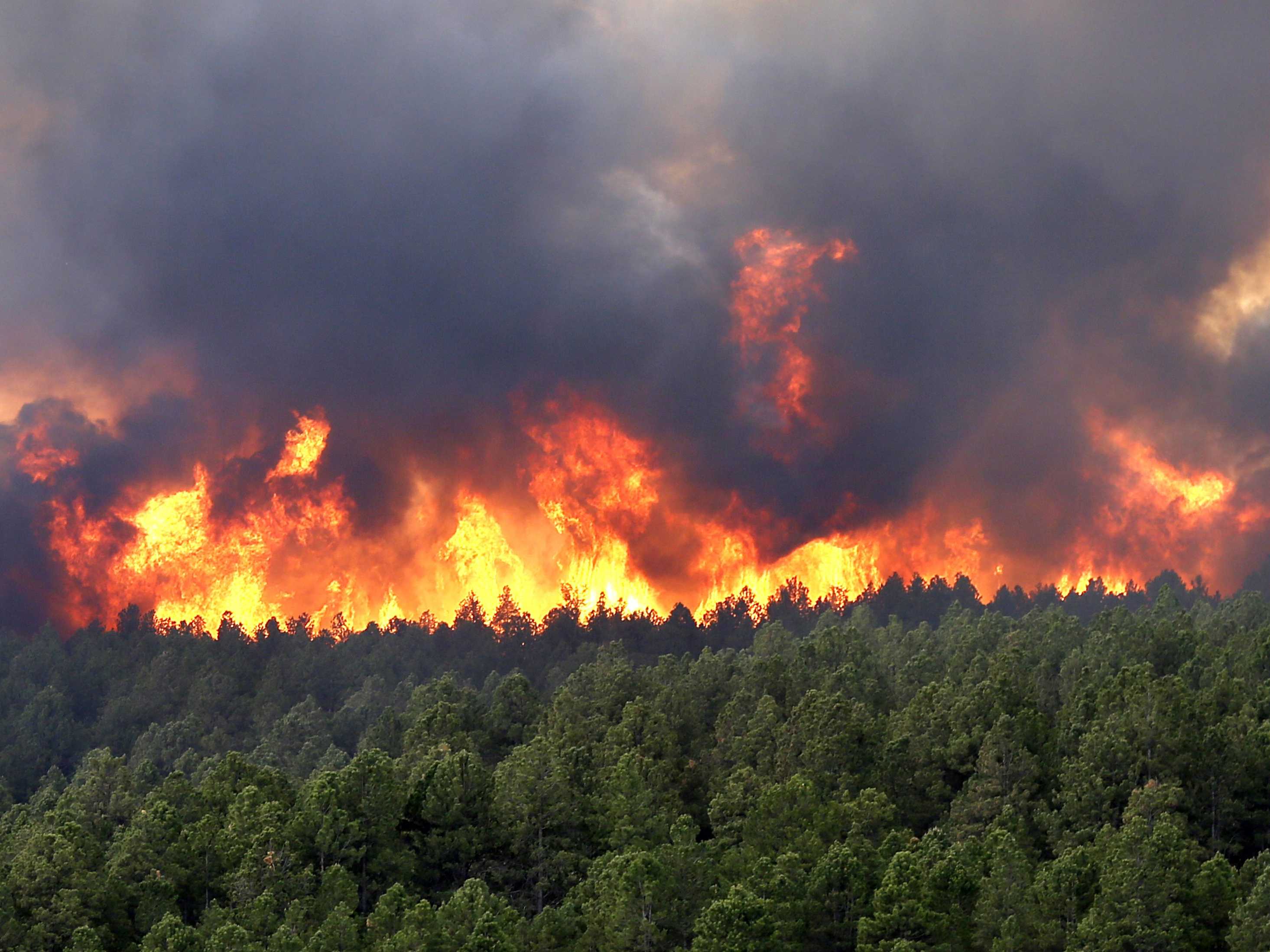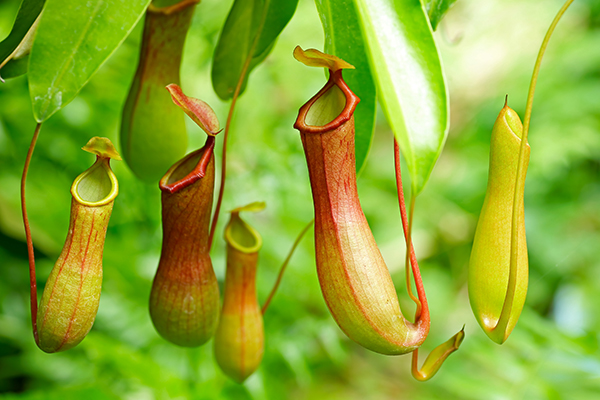Bark beetles transformed millions of acres of trees in California into fuel for wildfires
10/10/2020 / By Divina Ramirez

Even before lightning storms opened California’s most destructive fire season to date, pests called bark beetles had been setting the stage for the fires, transforming millions of trees into heaps of dried timber.
Experts report that the beetles have infested millions of acres of trees, killing entire forests in the process. They stated that 90 percent of the dead trees that served as fuel for September’s Creek Fire in the Sierra Nevada mountains – the state’s single largest fire to date – can be attributed to beetle infestations.
“So many of the trees have died creating significant fuel for the fire to burn,” said Daniel Berlant, a spokesman for the California Department of Forestry and Fire Protection (CAL FIRE), in a video about the Creek Fire.
Bark beetles, however, cannot take all of the credit. The longstanding drought that has been plaguing the Golden State for almost half a decade is what left the trees ripe for bark beetle infestation in the first place. In fact, massive amounts of pine trees have died over the years because of both the drought and bark beetle infestations, added Berlant.
The Department of Agriculture has estimated that over 129 million trees have died since 2010 because of the deadly duo. In California’s Sierra National Forest alone, 36.1 million trees died because of drought and beetle infestations over the last five years.
Beneficial bugs turned pests
Bark beetles feast on stressed trees that the drought has left competing for precious water. The beetles burrow into the trees, embedding their eggs in the tree’s tissue. Trees that are able to fight back pump out a reddish resin to flood the beetles’ tunnels and flush them out.
But parched trees, which are far more common across California’s arid landscape, are unable to put up such a defense. Their severe lack of nutrients due to the drought leave them too weak to engage these mechanisms, allowing the beetles to steal their remaining nutrients unhampered.
The beetles also don’t act alone. Upon latching onto a tree, the beetles send out pheromones that alert other beetles to attack. This kind of coordinated effort often creates a massive die-off for the surrounding trees. If left unchecked, bark beetles can infest entire forests, similar to an ongoing situation in Canada.
Bark beetles, and other beetles now considered pests, were once crucial for forest health. The beetles tended to feast on mature trees nearing the end of their life, turning them into fuel for forest fires. The fires nourished the soil and eliminated the dead, hollow trees to make room for new saplings.
Humans, however, became good at putting out wildfires. Practices like controlled burning of dead and mature trees have also interfered with the forests’ natural processes. Now, beetles burrow through all trees, mature or not. (Related: Millions of mountain pine beetles are killing forests.)
The impact of beetle infestations
It might not be too late for forests. In Canada’s British Columbia, foresters go through a painstaking process to curb the spread of beetle infestations.
First, helicopters scour swathes of forests to look for the signs of the reddish resin. This tells foresters that trees in the area are infested. Infested trees are then felled using chainsaws and chopped into smaller chunks. The last step is to burn them with fuel to kill beetle eggs or larvae that could still be burrowed in the bark.
“You’ve got to utilize these dramatic, very effective techniques of cut and burn,” said Caroline Whitehouse, a forest health specialist for the province of Alberta.
Whitehouse noted that Alberta’s efforts have reduced the area that could have been impacted by the mountain pine beetle by 30 percent.
Such methods could possibly be applied to California. That said, even in less-arid Canada beetle containment efforts are expected to take years to complete.
“Certainly it’s a difficult thing. When you have an outbreak you have millions and millions and millions upon millions of beetles in the forest,” conceded Whitehouse.
With the drought encouraging the spread of millions of beetles in California, authorities might still be hard-pressed to contain infestations within the next decade.
Read more articles about insect infestations and their ecological impact at Environ.news.
Sources include:
Tagged Under: beetles, California wildfires, Drought, Ecology, environ, environment, forests, insect infestation, trees, wildfires, wildlife




















